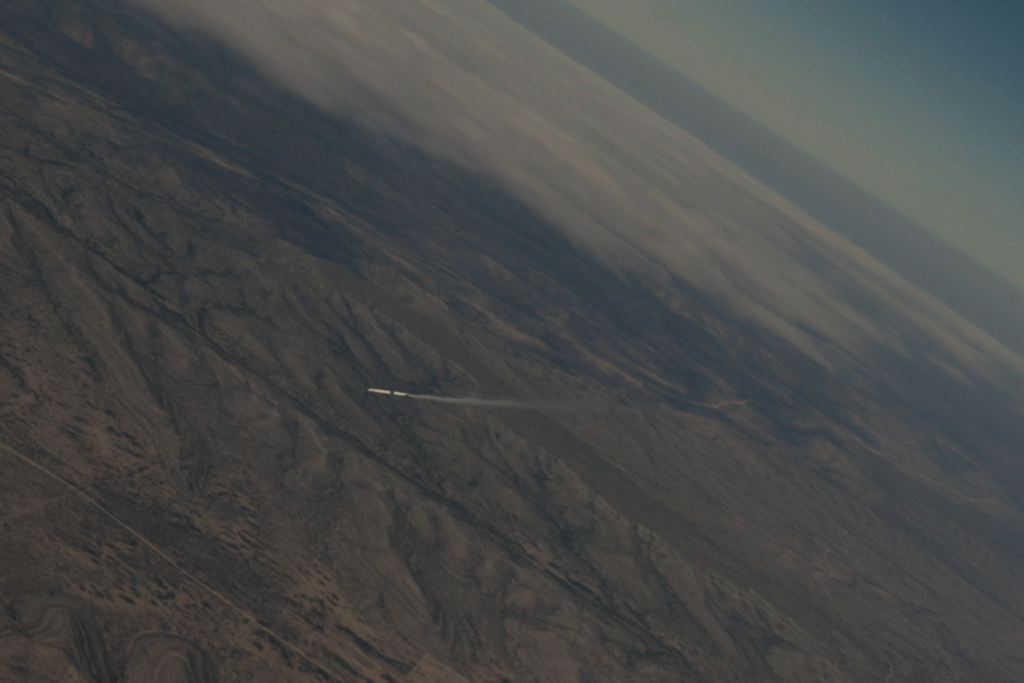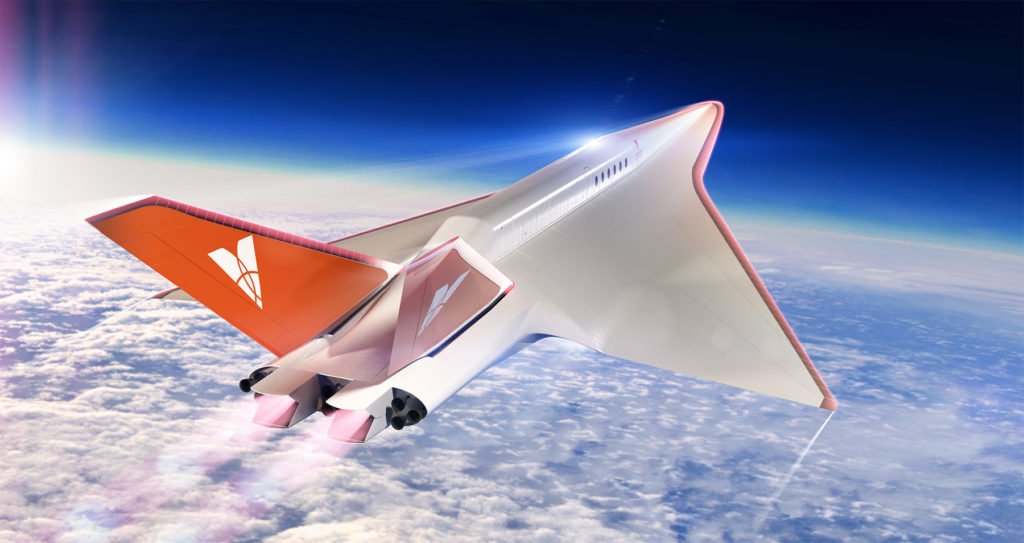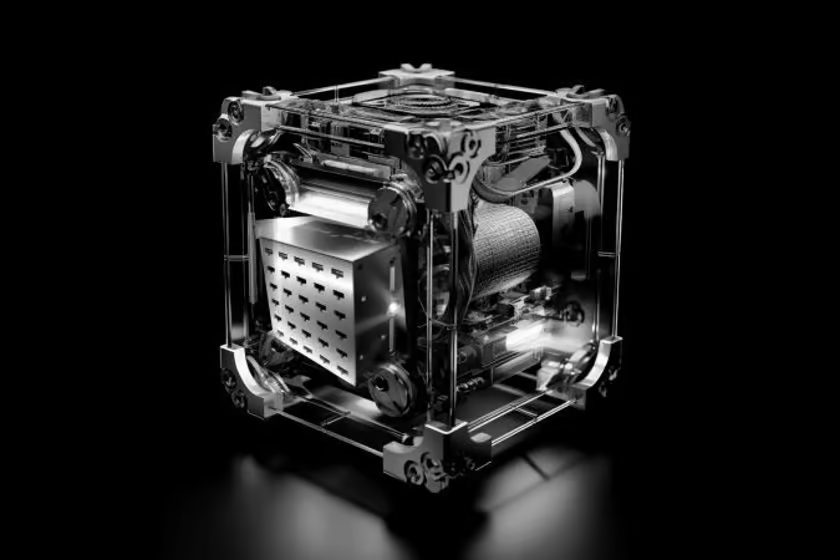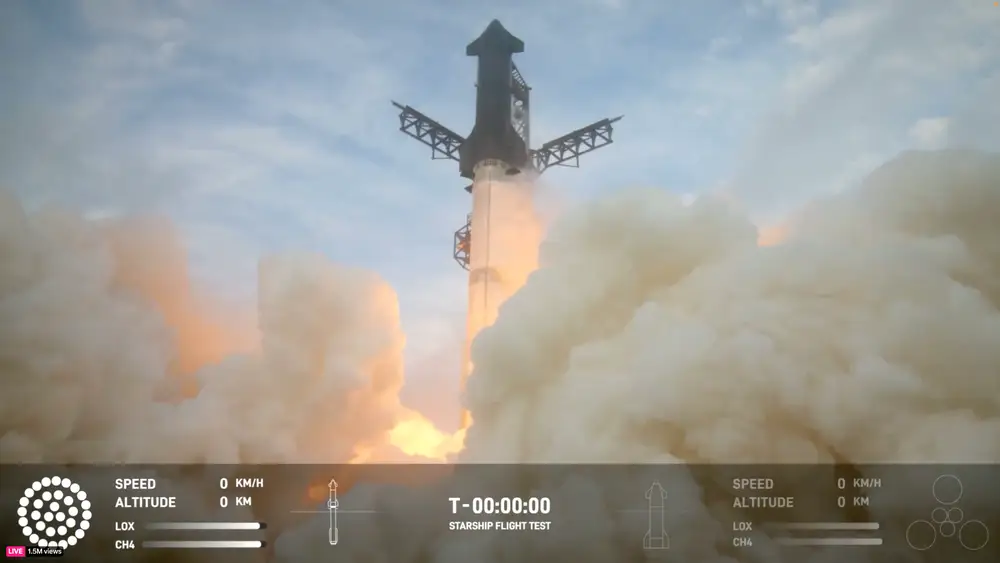
Venus Aerospace recently achieved a major milestone with its supersonic drone, marking a significant step towards hypersonic air travel in the future.
The drone, developed as part of a revolutionary new engine project, soared through the skies for the first time. Although it was initially powered by a hydrogen peroxide monopropellant engine, it will eventually be fitted with a Rotating Detonation Rocket Engine (RDRE).
This prototype drone, weighing 300 pounds and measuring nearly 2.5 meters long, was dropped from another aircraft at 12,000 feet. With its engine running at 80 percent thrust, it reached a top speed of Mach 0.9 and flew for 10 miles.
Venus Aerospace’s CTO and co-founder, Andrew Duggleby, expressed his excitement about the successful test flight, highlighting the potential of their RDRE engine for hypersonic travel. He praised the team for their professionalism and the wealth of data gathered for future flights.
Supersonic drones aren’t entirely new, as the US Air Force has been using them since the early 1990s. However, Venus Aerospace’s drone stands out because of its revolutionary RDRE engine.
In an RDRE engine, fuel and oxidizer ignite within a circular path, sustaining a combustion reaction autonomously. This makes the propulsion method more efficient than traditional engines, promising lighter and simpler designs with at least 15% higher efficiency.

Venus Aerospace’s ultimate goal is to develop a reusable, hypersonic spaceplane named Stargazer. They envision it capable of reaching speeds upwards of Mach 9 (6900 mph), potentially reducing travel time from San Francisco to Tokyo to just one hour. While that might seem like a distant dream, the company is making promising strides in that direction.


